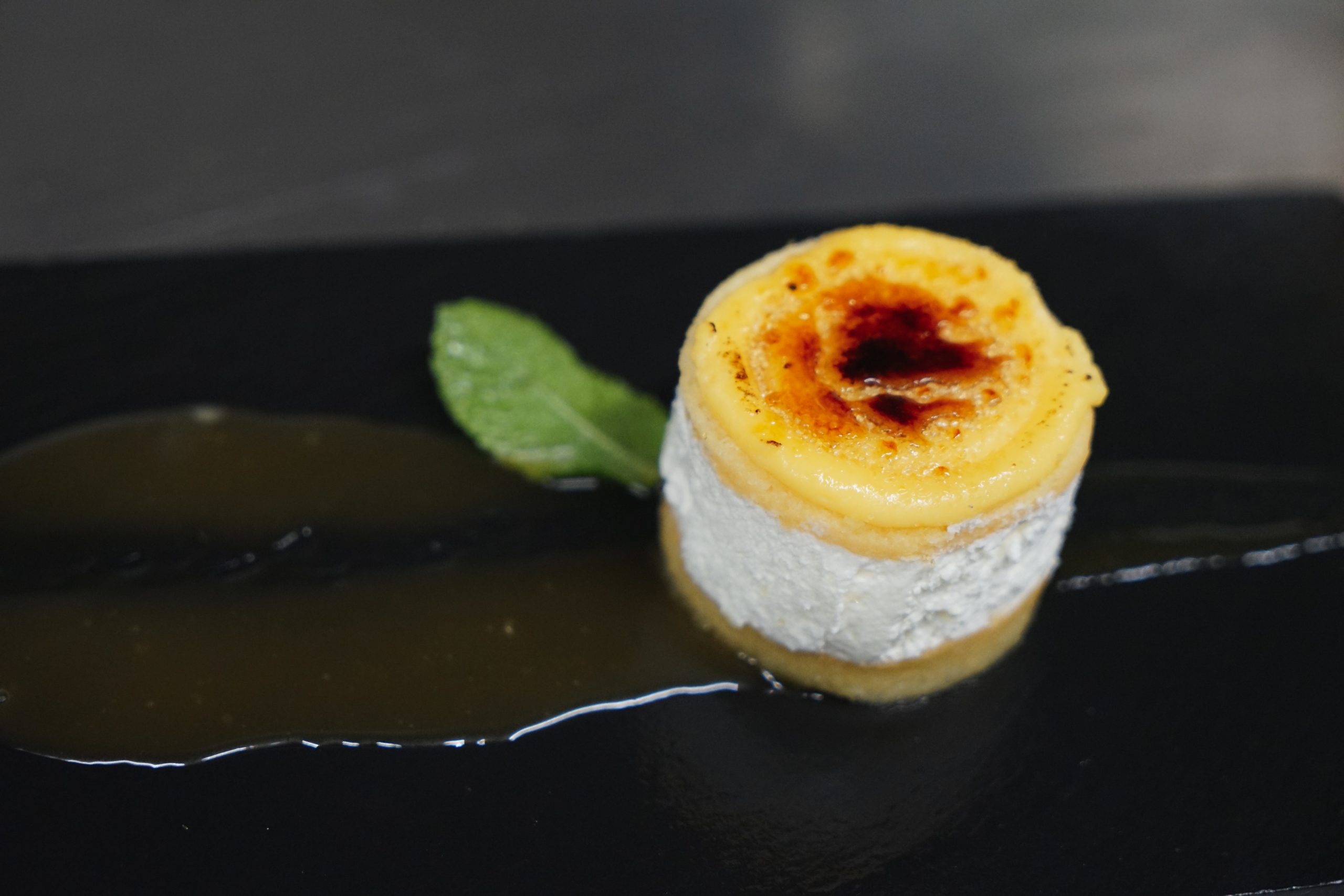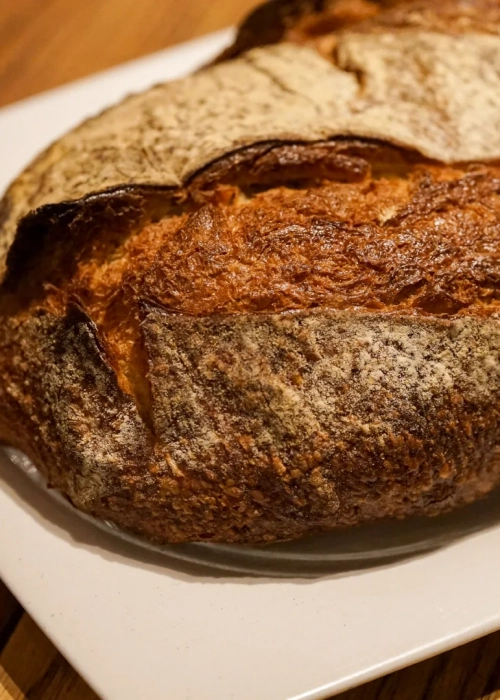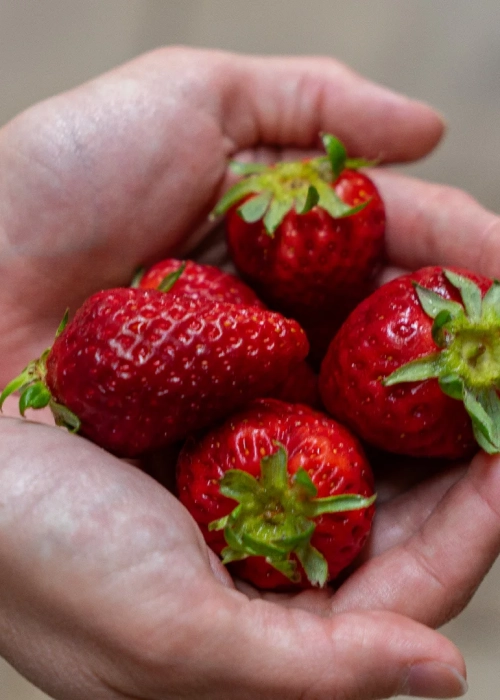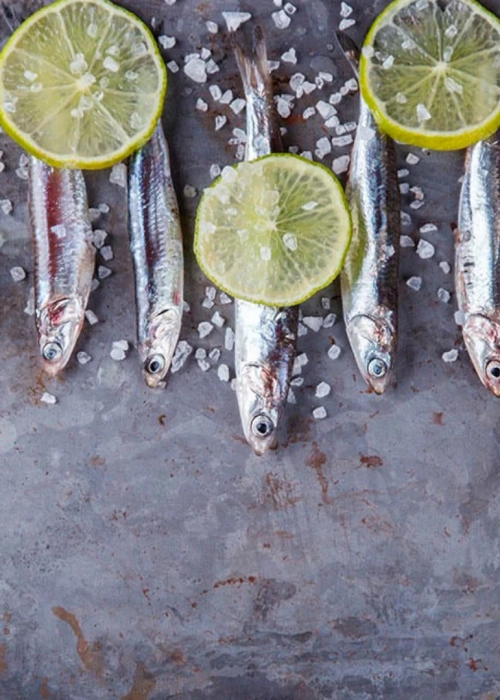The dishes you must try when traveling to the Basque Country
The dishes you must try on any trip to the Basque Country, from their most classic pintxos to the internationally renowned desserts. These are the preparations not to be missed when traveling to the north
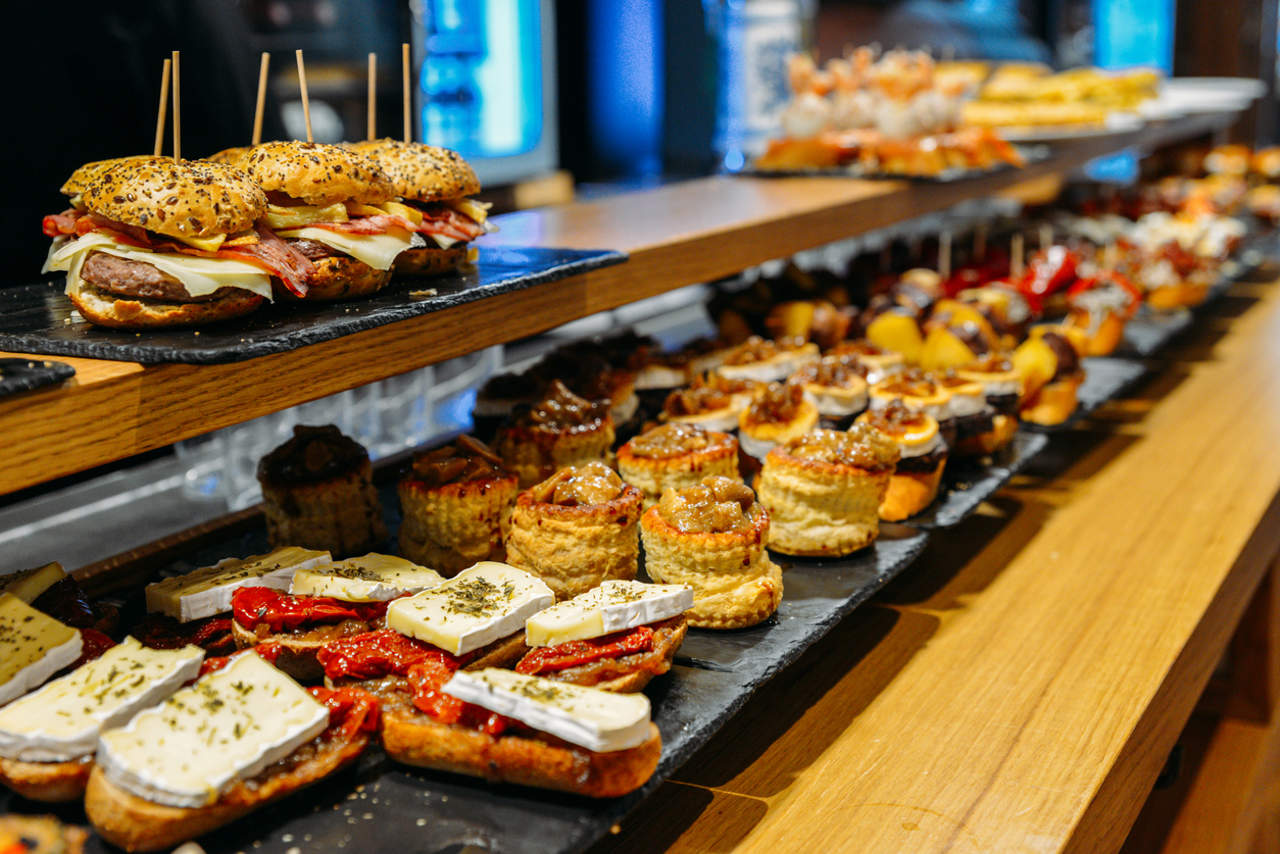
Few regions in Spain have done more for gastronomic tourism than the Basque Country. A land of pintxos and haute cuisine, the three Basque provinces guarantee a top-notch culinary experience when it comes to eating and drinking. Trying to encompass everything in a single bite is almost as impossible as choosing one of the most beautiful beaches in the Basque Country. What is clear, however, is that Euskadi offers a collection of typical dishes and restaurants that make the foodie task much easier, perfect for following the path in search of the best villages in the Basque Country to unwind.
THE PINTXO
A hallmark of the Basque bar, regardless of the province one finds oneself in. It is the bars that welcome both travelers and locals, always stocked with these gastronomic miniatures that can be more or less traditional. Choosing a single pintxo, bar, or area is an impossible task, but you will undoubtedly hit the mark if you venture into the old part of any of the three Basque capitals. It’s the territory of gildas and anchovies, but also of txangurro or cod, of slightly undercooked tortillas, and, of course, of washing it all down with txikitos of wine or zuritos of beer.
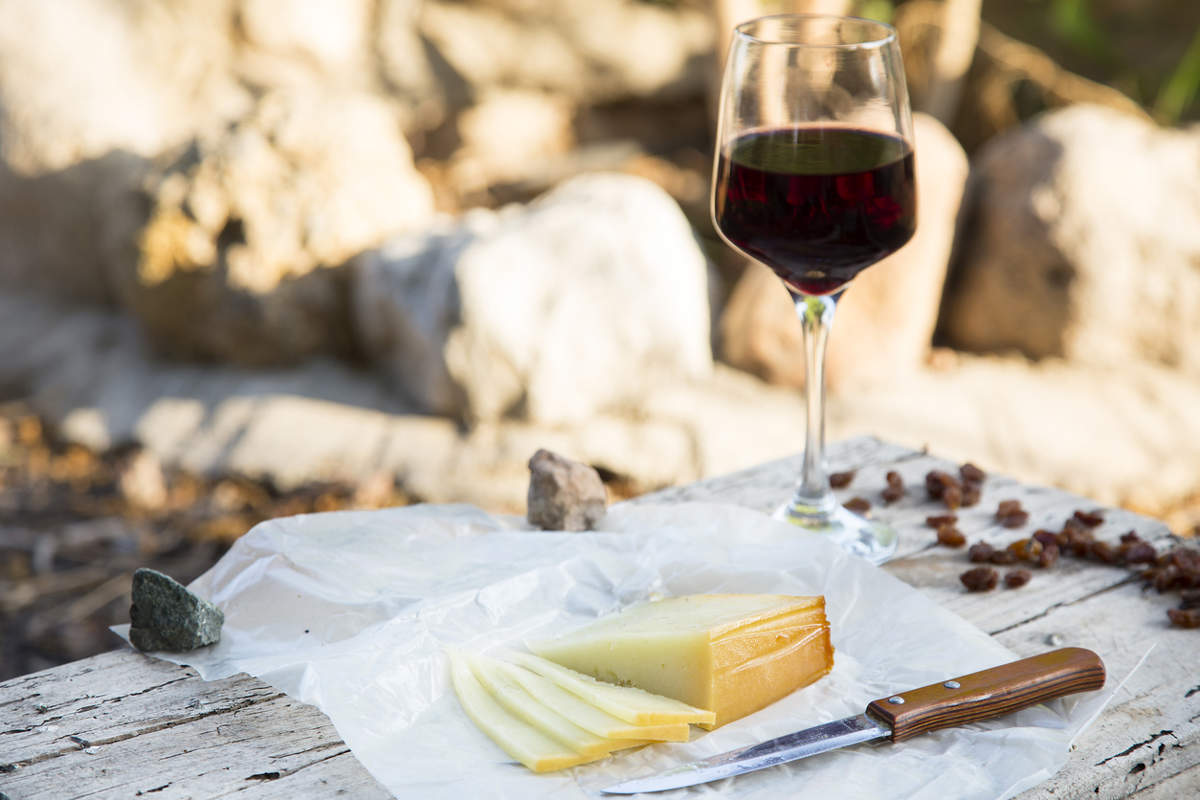
IDIAZÁBAL CHEESE
In a region where sheep play a significant role in livestock, it is essential to think of them as versatile animals that provide meat, wool, and milk. With the milk, particularly from the Latxa and Carranzana sheep breeds, the great Basque dairy product is crafted: Idiazábal cheese. Protected by a Designation of Origin that guarantees its production in the Basque Country and Navarre, authentic Idiazábal must always be made with raw milk exclusively from these two native breeds. It should be aged for at least a couple of months, and depending on the producer’s preference, the cheese may also be smoked, which is a common practice. With its intense, firm, granular texture and a powerful dairy note, few accompaniments complement Idiazábal better than concluding a meal with it, along with a handful of walnuts and a bit of quince paste.
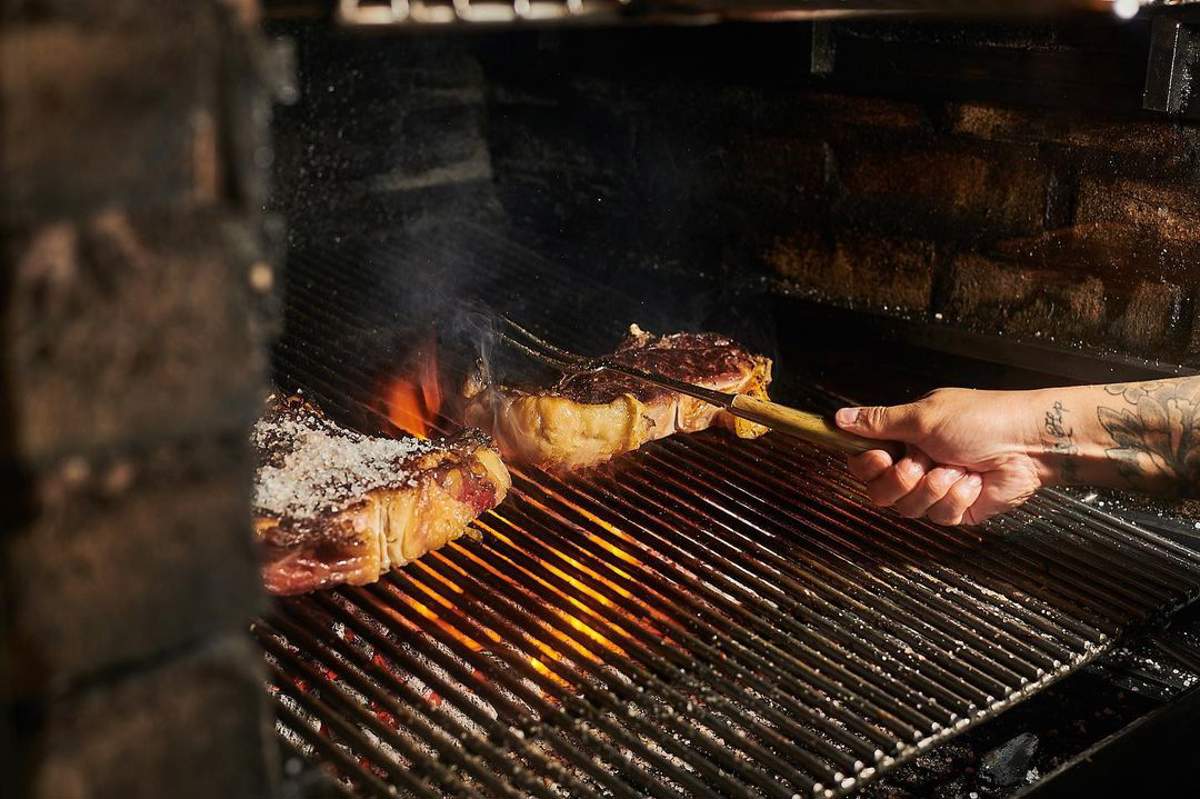
TXULETA
The love for grilling in the Basque Country traces back to the dawn of time, but it’s a romance that has a particular Juliet: the txuleta steak. Dozens of grilling establishments pay homage to this cut of meat in the three provinces, although if there is one area that has elevated it to culinary heights, it is the Tolosaldea region in the heart of Guipúzcoa. Restaurants like Asador Nicolás or Casa Julián are guarantees in Tolosa of this fidelity to properly aged txuletas—neither too much nor too little. However, the spotlight on the txuleta is not lost in the numerous cider houses where it solidifies its place in the classic seasonal menu.
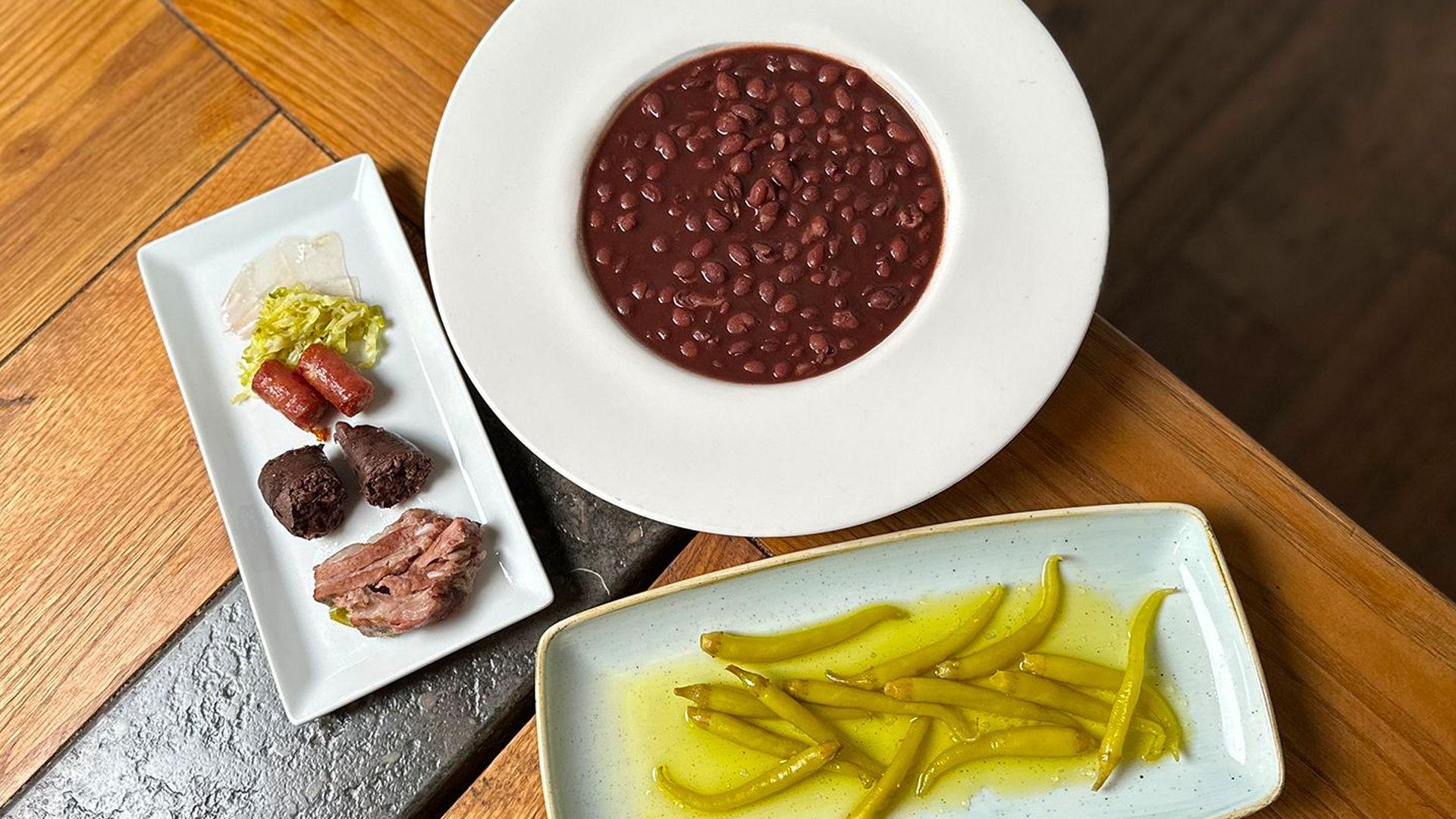
TOLOSA BEANS
Taking advantage of the Tolosa setting, one should not only unsheath a knife and fork but also a spoon. The star here is the black bean from Tolosa, which even boasts a Protected Designation of Origin (PDO). Popularly known as ‘babarruna’—the term in Basque for referring to the bean—its uniqueness lies in its black color, which imparts a chocolate hue to the broth it is cooked in. Traditionally, if purism is maintained, it should be served alongside cabbage and pickled green peppers, in addition to its sacraments—onion blood sausage, bacon, chorizo, and pork ribs.
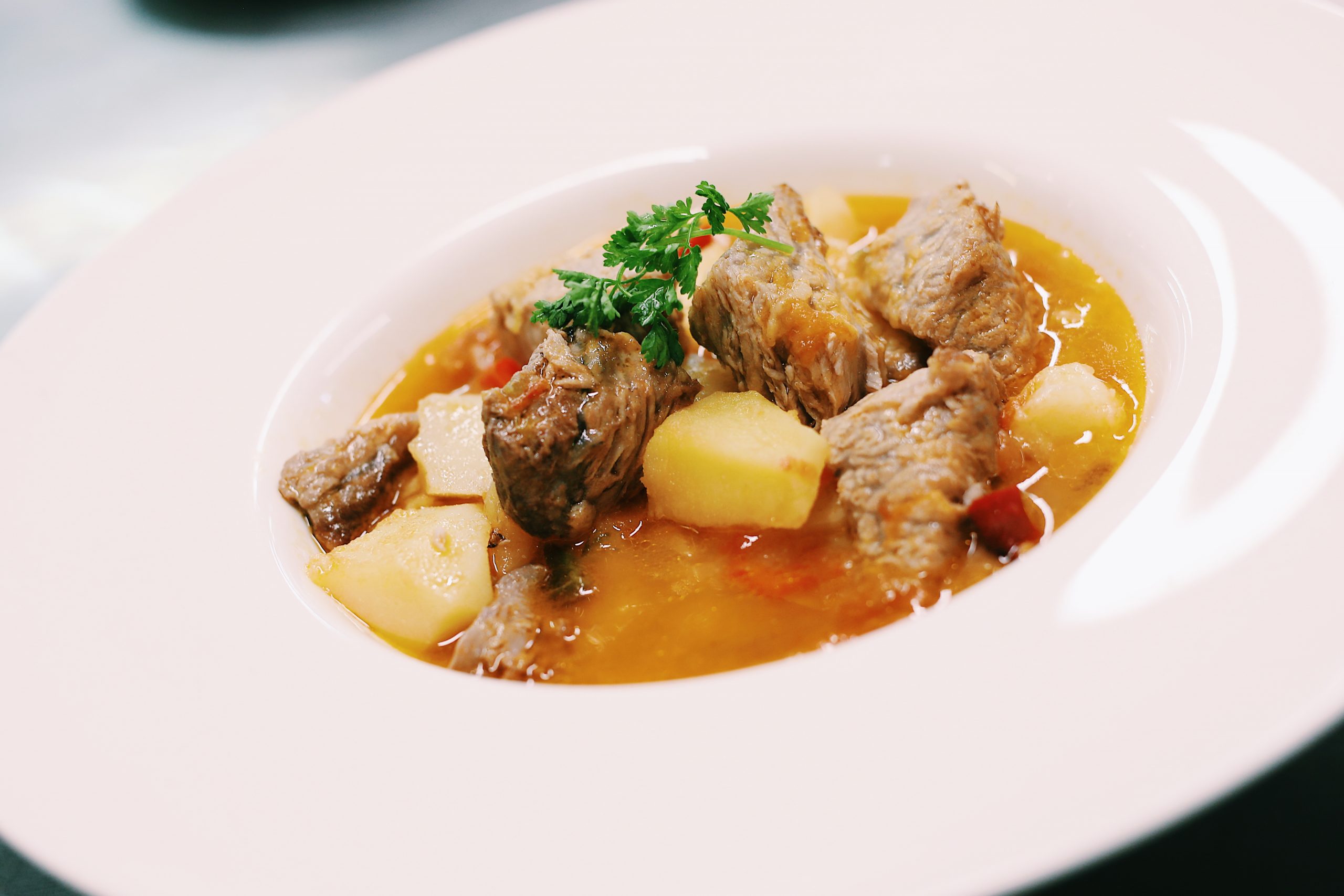
MARMITAKO
Venturing towards the coast but still guided by the spoon. When it comes to seafood stews in the Basque Country, one cannot overlook ‘marmitako,’ arguably the flagship dish of northern tuna in Biscayan cuisine. Integral to households and closely tied to the summer bonito fishing season, this tuna casserole rests on three pillars: potatoes, ‘pimiento choricero’ (a type of dried red pepper), and fresh bonito. To preserve its texture, it is advisable to add the bonito at the end of the cooking process.
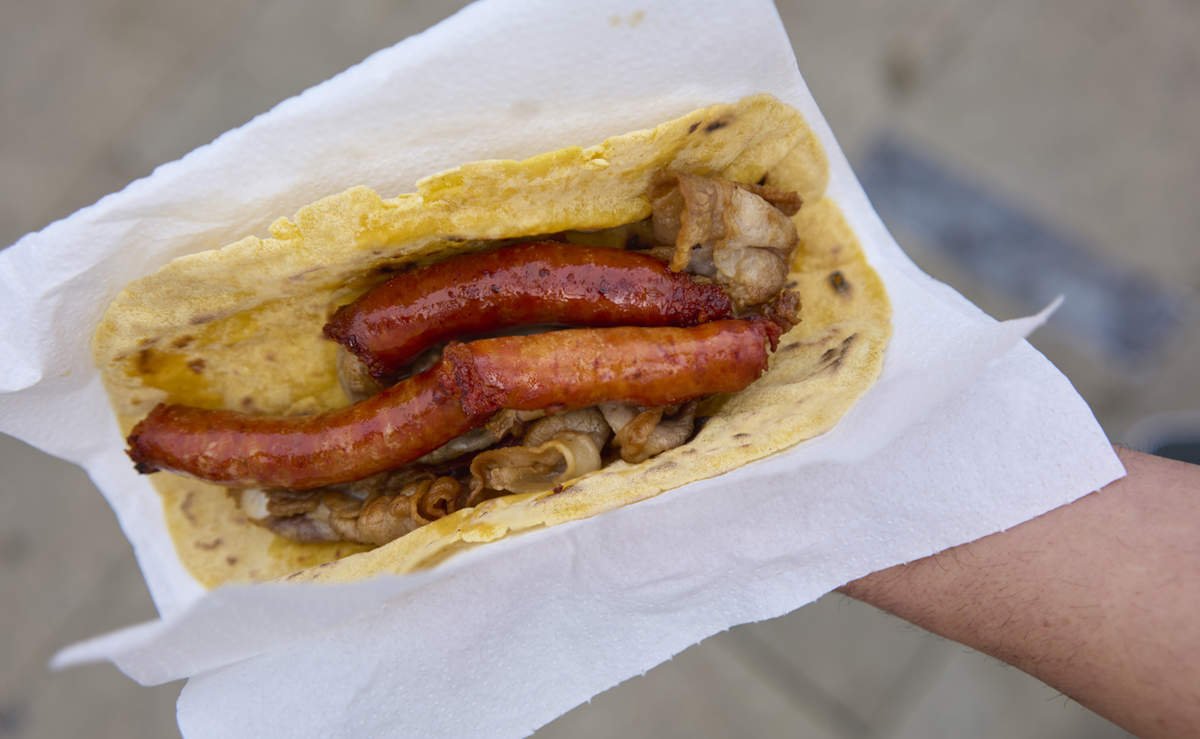
TALO
Alongside the arrival of American beans, the first incursions of the New World into Basque cuisine also include the introduction of corn. Well adapted to the humid climate of the Basque Country, small, somewhat brittle cakes are made from corn flour. In the past, these cakes served as a type of bread and are quite popular during major celebrations such as those of San Prudencio throughout Álava, Santo Tomás in Donostia, or San Andrés in the town of Eibar in Gipuzkoa. They are often enjoyed with pieces of chistorra (a type of sausage), cheese, and sometimes even transformed into a dessert when accompanied by chocolate.
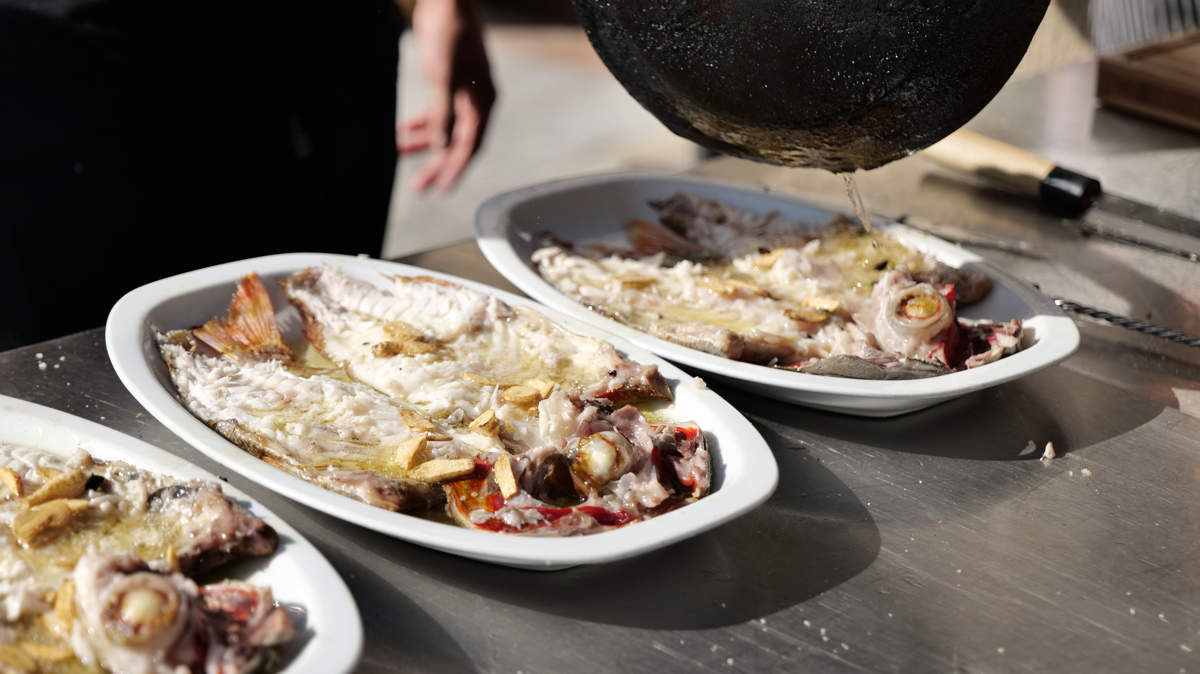
BESUGO AL ESTILO ORIO
In a culture deeply connected to the sea like the Basque, it’s impossible to gather in a single menu all the maritime recipes and fish that are part of this gastronomic identity. Perhaps, among the great singularities, we must mention the ‘besugo al estilo Orio,’ a preparation native to this Guipuzcoan municipality. Its main difference lies in the direct grilling of the sea bream—rather than using a special fish grill, as is common in the nearby town of Getaria. This cooking style originated at Asador Joxe Mari in the 1960s and was later adopted by other grilling establishments like Katxiña or Xixario. It remains a significant event in this fishing port, where one can still witness the tradition of open-fire grilling right in the streets to keep this live-fire tradition alive.
GRILLED TURBOT
When it comes to the grills of Guipuzcoa, it’s challenging to determine which way diners lean when discussing marine delicacies. On one side, there’s the sea bream. On the other, the essential turbot, which is also a star player. Perhaps it’s Asador Elkano in Getaria that has taken its reputation to new heights, although it wouldn’t be fair to say it’s the only one excelling, as establishments like Kaia-Kaipe or Txoko de Getaria also achieve extremely high ratings.
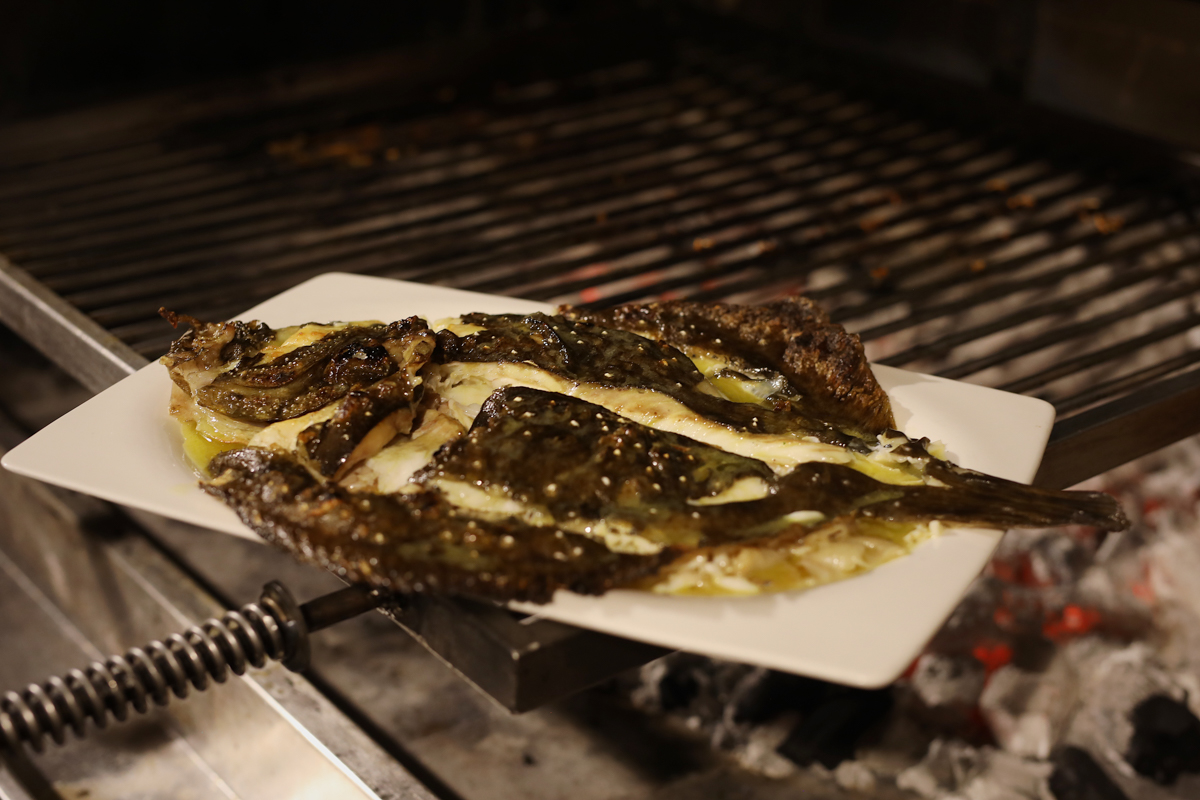
DEVOTEES OF COD
Coastal fishing has always highlighted locally caught fish, but the exploits of the Basque sailor are well-known beyond their waters. Therefore, in addition to the fame as whalers, no less relevant is their reputation as cod fishermen, venturing into Norwegian, Icelandic, or Canadian waters. To think of Basque cuisine without mentioning cod is an impossibility. There isn’t a cider house that doesn’t serve cod omelet or a Biscayan home where cod—prepared à la Vizcaína, obviously, with the distinctive touch of ‘pimiento choricero’—is absent. A special mention goes to another legend: cod in pil-pil sauce.
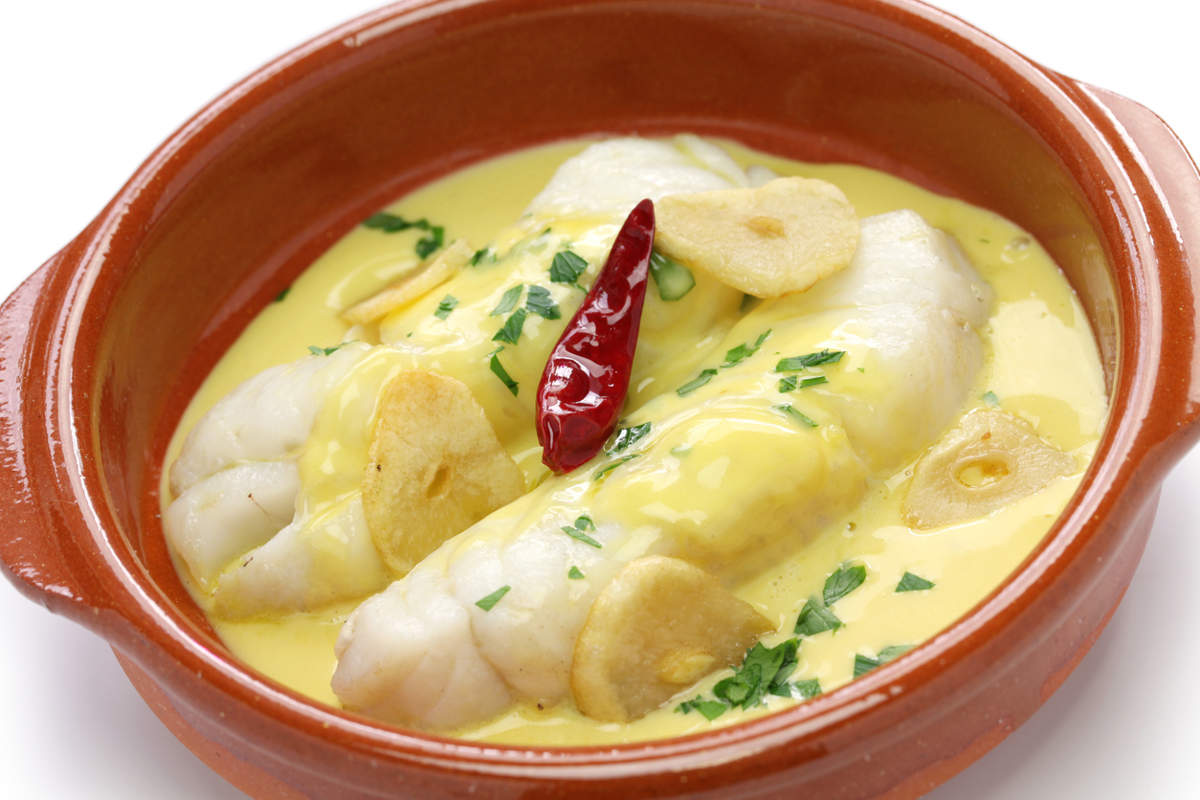
CIDER
Three drinks take the top spots in the Basque drinking scene: cider, txakoli, and wine. The first, essential in Gipuzkoa, is making a comeback at the expense of what is known as natural cider, a traditional production with centuries of history. It takes center stage during the cider season—early January—in cider houses, where people sample the year’s cider directly from barrels and kupelas, shouting ‘Txotx!’ It is accompanied by a hearty menu featuring txuleta (steak), cod omelet, and, for dessert, cigars and thin wafer cookies.
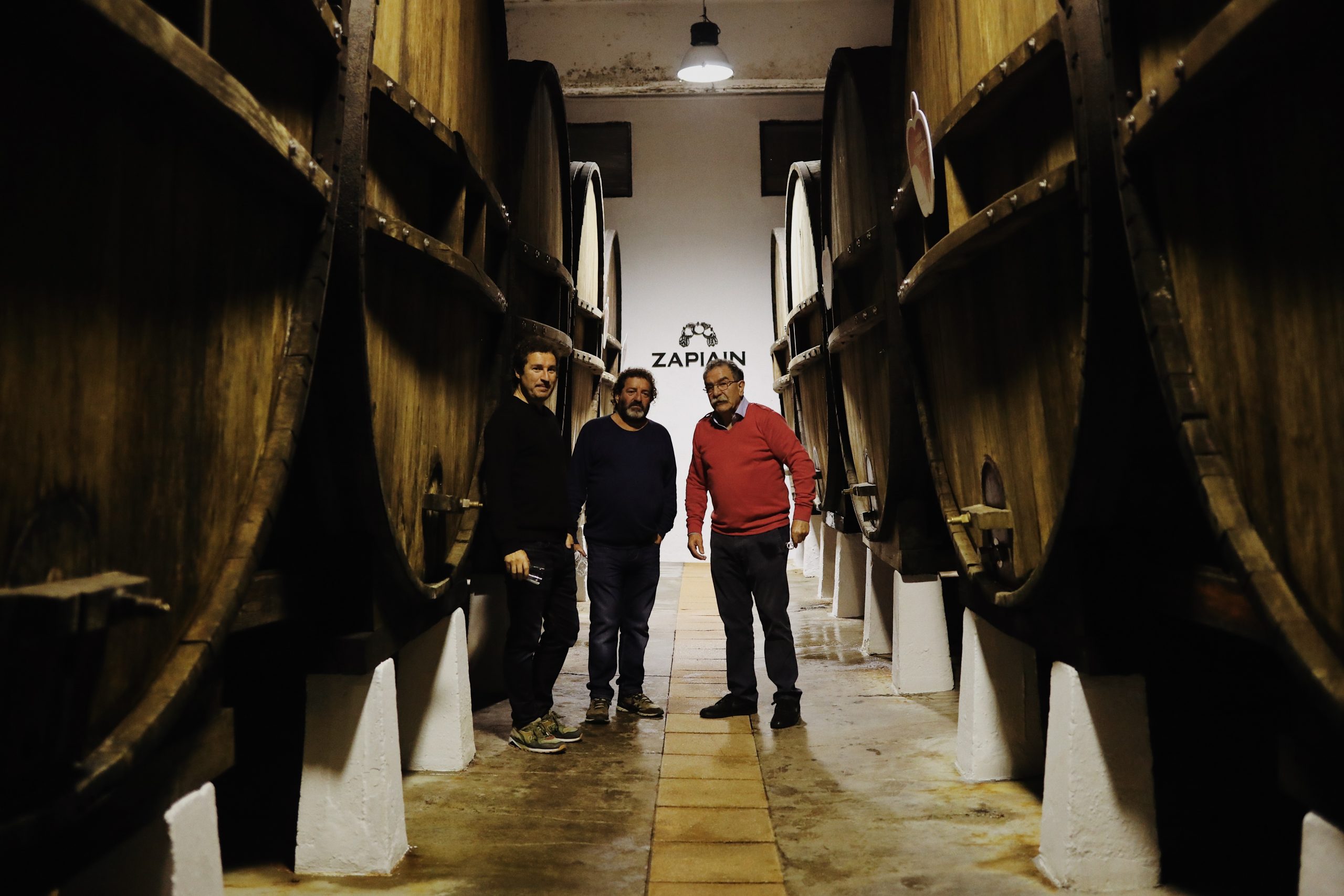
TXAKOLI
On the rise for several years, the Basque Country has regained the prominence of its quintessential white wine. Primarily made from the hondarrabi zuri grape, these fresh white wines, usually from the current year, are characterized by low alcohol content, relatively high acidity, and sometimes a hint of effervescence. Over time, they have evolved into more refined and gastronomic productions. Endorsed by three Designations of Origin, one for each province, txakoli is experiencing a golden age under the umbrellas of Getariako Txakolina, Arabako Txakolina, and Bizkaiko Txakolina, where classic-style txakolis coexist with these new profiles.
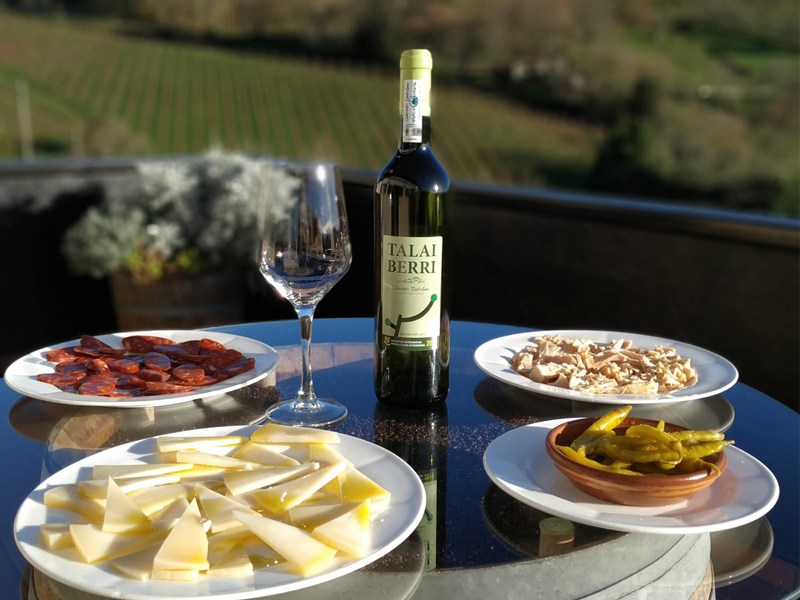
THE REDS OF RIOJA ALAVESA
On the northern bank of the Ebro River, Rioja Alavesa has established itself as a stronghold of winemaking with its vineyards, placing a strong emphasis on quality as a guiding principle. Towns like Labastida, Elciego, Laguardia, Lanciego, Oyón, or Villabuena de Álava have become epicenters of high-quality wines, mostly red, putting numerous wineries from Rioja Alavesa on the map. Valdelana, Remelluri, Marqués de Riscal, Casa Primicia, Bodega 202, Amaren, or Eguren Ugarte are just a few examples of the oenological and wine tourism commitment that is worth exploring by ordering bottles or, if you extend the journey, discovering firsthand.
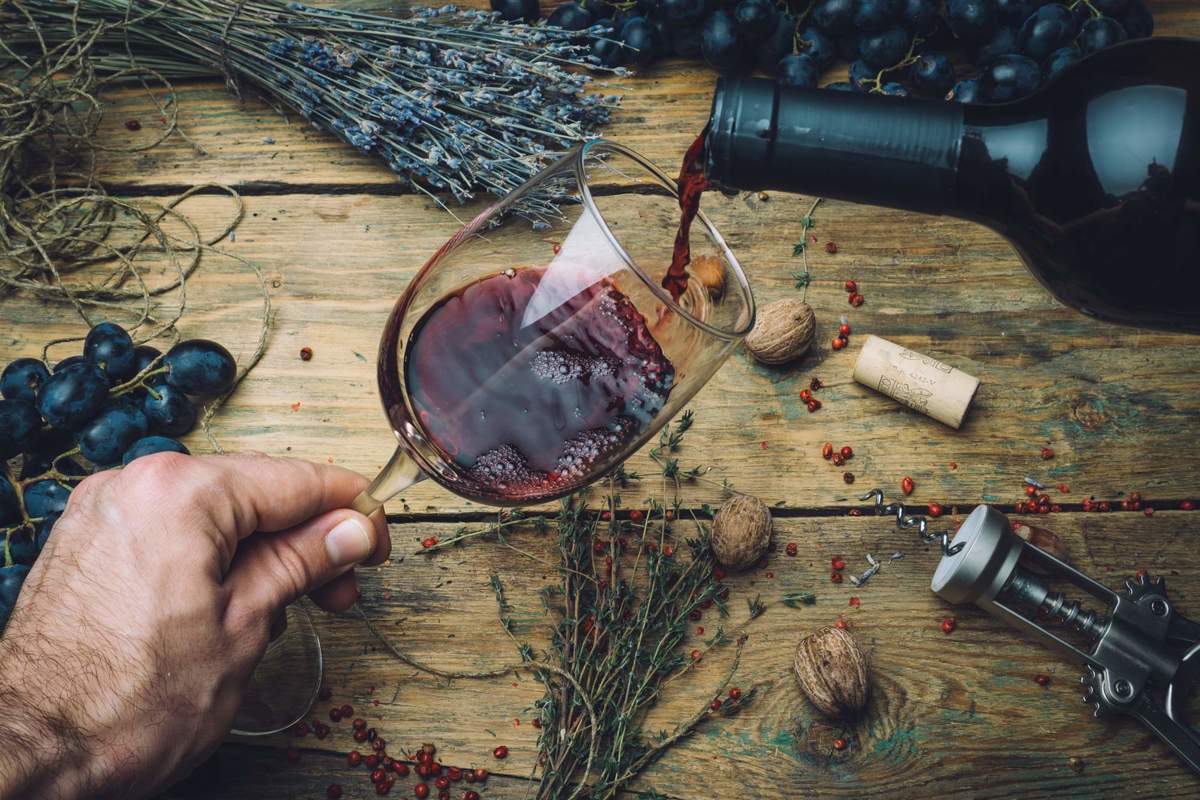
THE SWEET SIDE OF THE BASQUE COUNTRY
Once again, proudly featuring sheep’s milk, most of the traditional Basque sweets are linked to dairy products. This includes mamia (a type of curd) and goxua, both widely enjoyed across the three provinces. Moving beyond these, there are more locally specific pastry delights, such as the classic butter buns from Bilbao, pantxineta—a juicy puff pastry with almonds and cream filling, popular in San Sebastian—the equally iconic La Viña-style cheesecake, always creamy, or more traditional desserts like intxaursalsa (a walnut cream deeply rooted in farmhouse traditions) and the equally classic tejas and cigarrillos, almond-based treats from Tolosa.
Now you know, when you travel to the Basque Country, you can’t miss any of these delicacies. Remember that you can also find the majority of them in our restaurants in Barcelona, Madrid, Valencia, Seville, Porto, London, Amsterdam, and even Argentina. ON EGIN!
